Knee pain can be a significant barrier to maintaining an active lifestyle, often deterring individuals from engaging in their favorite activities or even performing daily tasks comfortably. Whether you're recovering from a knee joint injury or looking to prevent one, strengthening the muscles that support your knee is crucial.
Thanks to Dr. Garrett Drumheller PT, DPT, SCS, CSCS, the founder of Nordstick, we have a clear roadmap to not just managing knee pain but potentially overcoming it. Here are three exercises he swears by, designed to bolster the thigh muscles and enhance the stability and strength of your knee joint.
TKEs (Terminal Knee Extensions)
How to Perform: Secure your OmniBands to the lower part of a door and loop the other end behind your knees. Begin by keeping your feet shoulder-width apart. Start slightly bending your knees as if you're entering a mini squat. Activate your quads to extend your legs straight, then return to your straight leg starting position. Aim for 10-12 reps, or engage in quick pulses as a fantastic quad warm-up before a squat routine.
For those seeking a more intense challenge, double up the bands on one leg. Keep your leg straight and slowly lower down with a leg bent slightly. Start with a left leg, keeping your left foot flat, then the other leg. This can significantly enhance the exercise's effectiveness, which is particularly useful for those navigating knee recovery.
Benefits: Terminal Knee Extensions (TKEs) are phenomenal for reinforcing the quad muscles and crucial for leg straightening and support during both dynamic and static knee functions. By improving the strength of these muscles, you can relieve knee pain, assist in the knee's return to pre-injury levels of activity, and elevate your performance in daily activities and sports. Incorporating TKEs into your regimen can ensure a balanced recovery and conditioning process, promoting a smoother transition back to action.
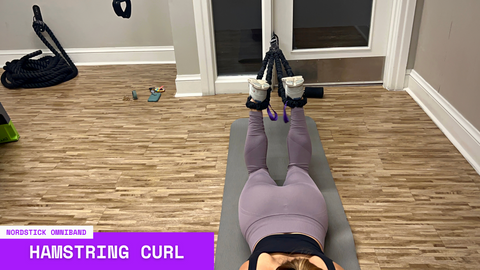
Hamstring Curl
How to Perform: Lying face down, pull your heels towards your buttocks. This can be done with or without equipment, though the use of OmniBands amplifies the exercise's efficiency.
The movement becomes more challenging as your feet approach your buttocks, with the option to increase difficulty by isolating one leg and adding another band. Start with the left leg, pull your heels up, slowly lower to the starting position, and then do the same with the other leg. It feels effortless with a leg straight and becomes more complex with a leg bent.
Benefits: Hamstring Curls not only complement the TKEs but also target the thigh's posterior muscles, which is essential for a balanced knee support system. Strengthening the hamstring muscles is critical, especially following injuries such as an ACL tear.
According to a study on Nordic hamstring exercises in functional knee rehabilitation, integrating them is vital for restoring muscle strength post-ACL reconstruction, highlighting their significance in regaining athletic capabilities and preventing further injuries.

Reverse Squats
How to Perform: Lie on your back, go from a straight leg position, and slowly bend your knees towards your chest, engaging your lower abs and hip flexors. This exercise can be performed without equipment or enhanced with OmniBands for added resistance.
You can even focus on one leg at a time for a more targeted workout. Start with your left leg and then with the right.
Benefits: Reverse Squats are an excellent precursor to squat workouts, warming up the necessary muscles to support knee movement effectively. By strengthening the lower abs and hip flexors, this exercise contributes to a foundation that supports knee health, facilitating smoother, pain-free movements during everyday activities and athletic endeavors.
Incorporating These Exercises
It's important to start slowly with these exercises, gradually increasing intensity to avoid overexertion. Pay attention to your body's signals; if you experience pain beyond typical muscle fatigue, consider adjusting your technique or consulting a physical therapist. Consistency is key – integrating these exercises into your routine can lead to significant improvements in knee strength, flexibility, and overall function.
In summary, overcoming knee pain and enhancing your physical performance isn't out of reach. Through the targeted strengthening of the muscles surrounding the knee, you can alleviate discomfort, prevent injury, and return to your favorite activities with confidence. Remember, an exercise program tailored to your specific needs can provide the best results, so consider consulting a physical therapist to optimize your journey to recovery and strength.
Is it Better to Rest or Walk with Knee Pain?
The answer isn't straightforward, as it depends on the severity of the pain and the underlying cause. However, rest and gentle movement are crucial in knee recovery and health.
Rest is vital, especially immediately following an injury or when knee pain intensifies. It reduces stress on the knee joint, allowing inflammation to subside. However, prolonged inactivity can weaken the muscles around the knee, exacerbating problems rather than alleviating them.
On the other hand, walking and engaging in knee-strengthening exercises can be highly beneficial for those with mild to moderate knee pain. Walking is a low-impact activity that improves blood flow, aids in the healing process, and strengthens the muscles supporting the knee.
Fortify Your Knees Against Future Injuries
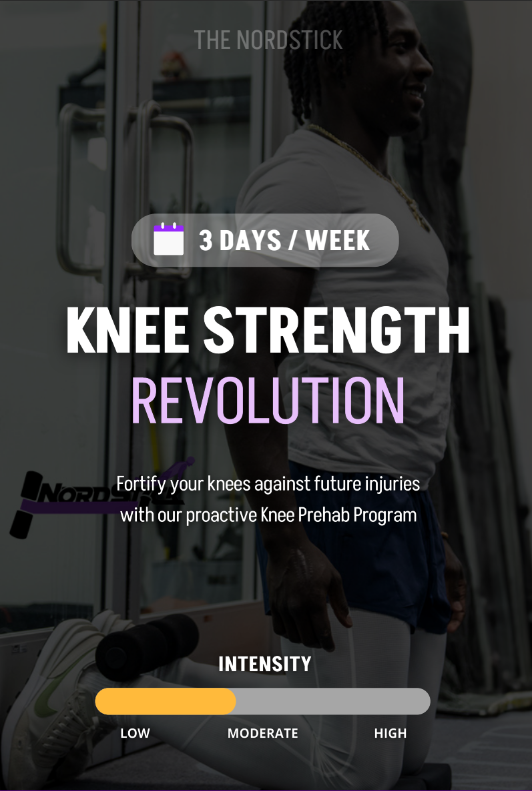
DOWNLOAD THE KNEE STRENGTH REVOLUTION PROGRAM FOR FREE
Incorporating strengthening exercises, such as straight leg raises, can further support knee health. To perform a straight leg raise, lie on your back, keep one knee bent with your foot flat on the floor and the other leg straight. Slowly raise the straight leg to the height of the opposite knee, then lower it back down. This exercise targets the quadriceps muscle at the front of the thigh, which is vital for knee stability.
Hamstring stretches and calf muscle exercises also contribute to a well-rounded knee-strengthening regimen. For a hamstring stretch, lie on your back, raise one leg, and gently pull it towards you, keeping your knees slightly bent. This stretches the back of the thigh, promoting flexibility. Calf exercises can be as simple as standing with your feet flat, slowly rising onto your toes, and then lowering back down. This movement strengthens the calf muscles, providing better support for the knee.
In addition to these exercises, incorporating gentle stretching and flexibility routines for all the muscles around the knee is essential. Stretching exercises like the quadriceps stretch, where you stand, hold one foot with the hand on the same side, and gently pull it towards your buttocks, can improve the flexibility of the knee muscles.
For individuals with knee pain, starting slowly with exercises and gradually increasing the intensity is crucial. Maintaining the correct form, such as keeping the back straight and the pelvis in a neutral position, ensures the effectiveness of each exercise and minimizes the risk of injury.
Using tools like resistance bands can add variety and intensity to your routine. For example, loop a band around your legs just above the knees and perform side leg raises or step-ups to target the hip and thigh muscles differently.
Always pay attention to your body's signals. If an exercise causes pain beyond typical muscle fatigue, stop immediately and consult with a healthcare professional. It might be necessary to modify your approach or seek alternative exercises that better suit your condition.
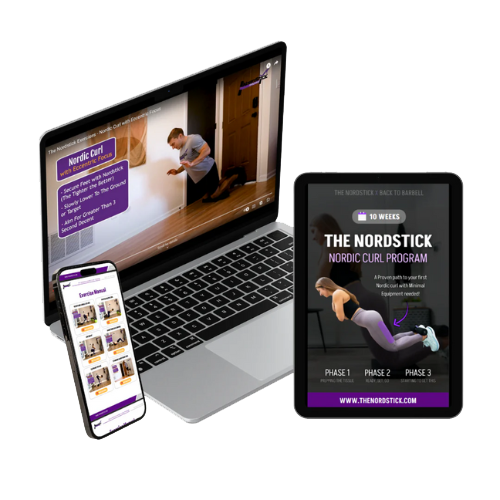


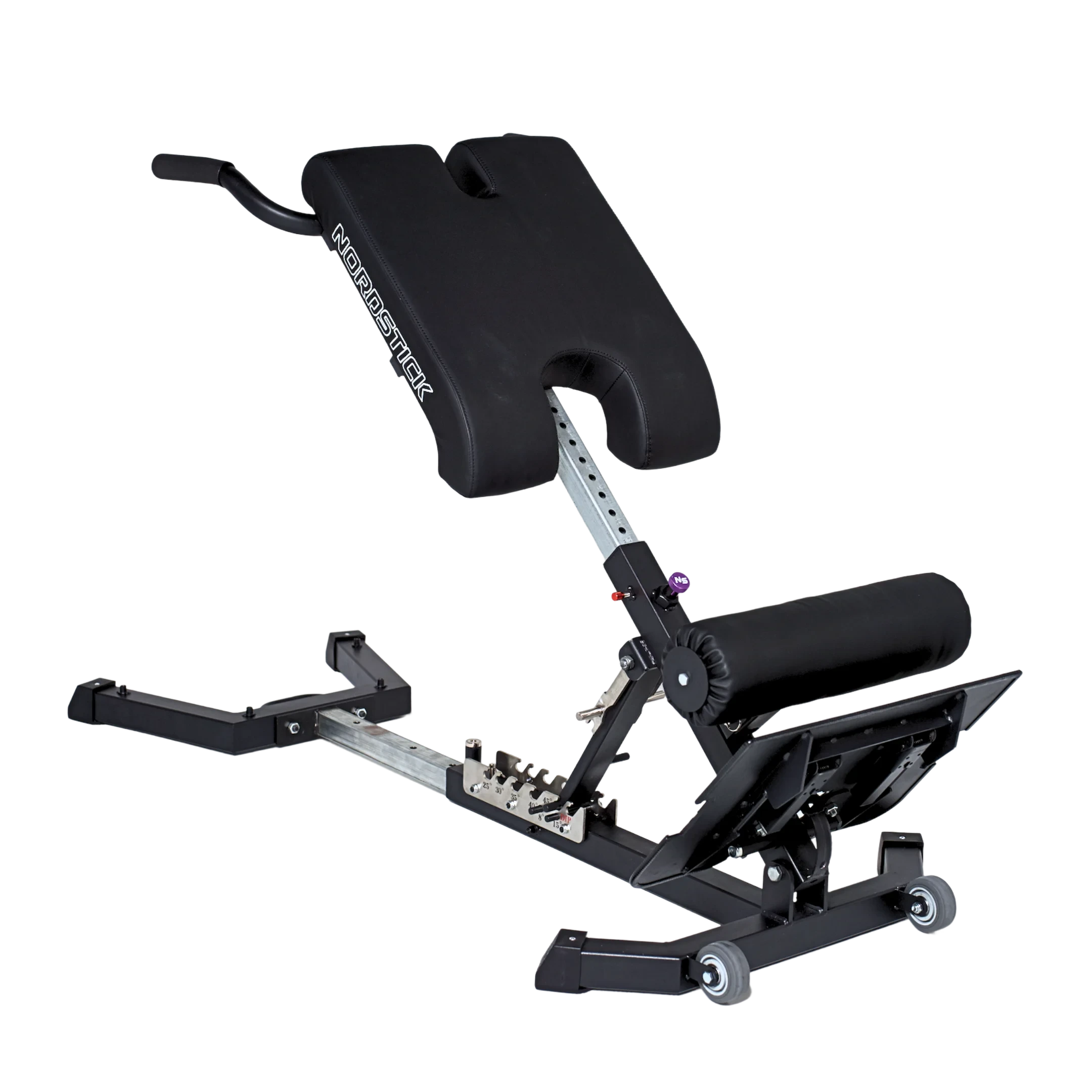
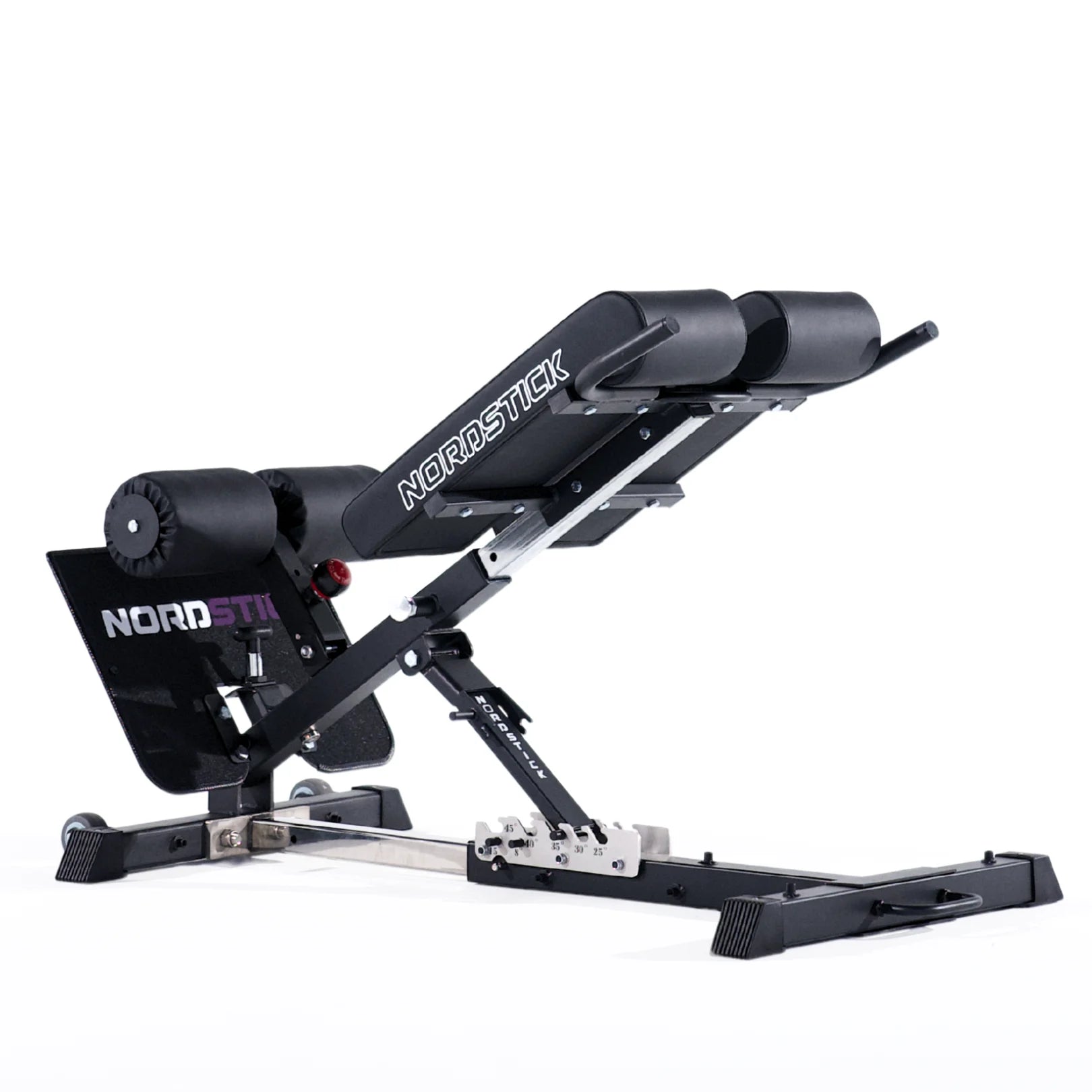





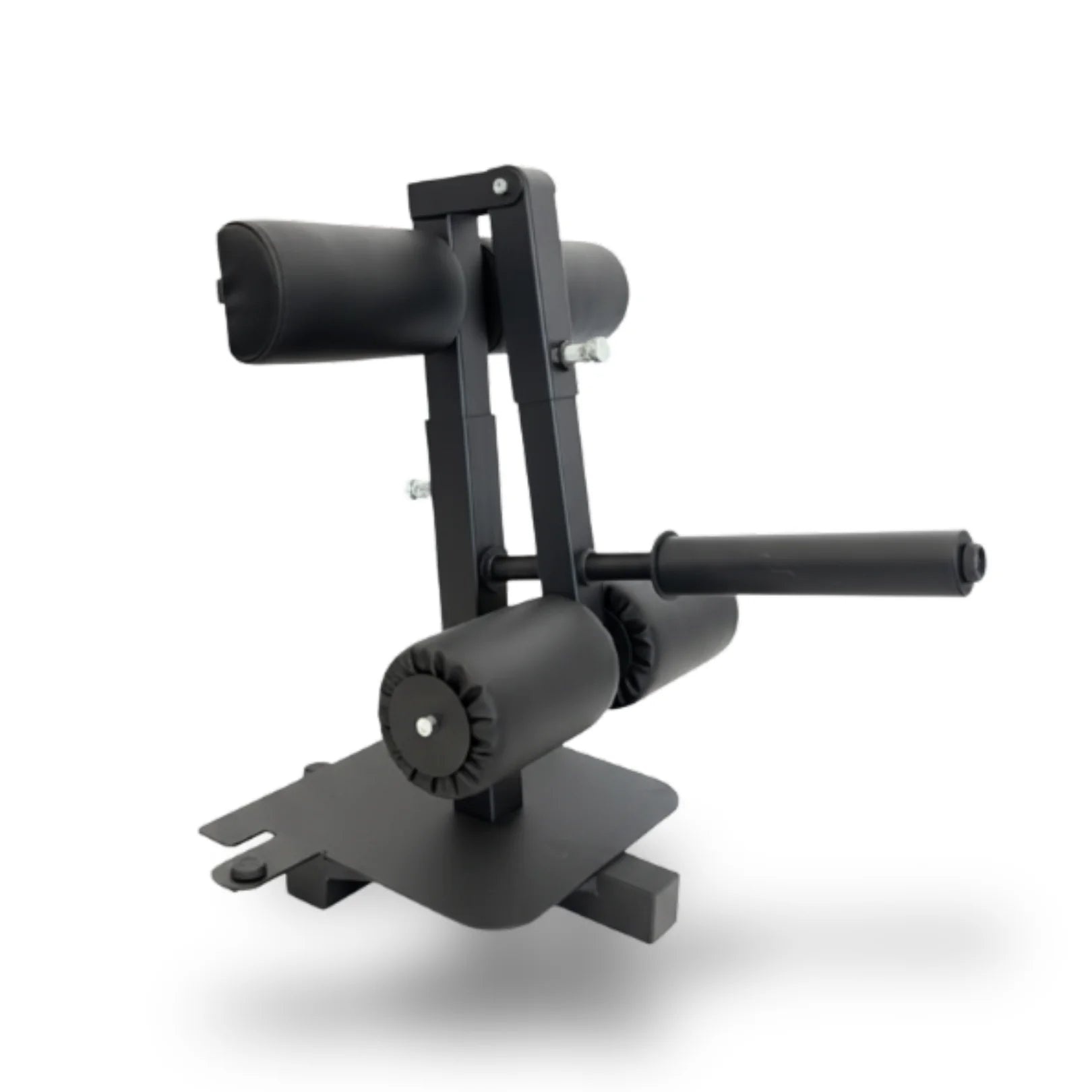
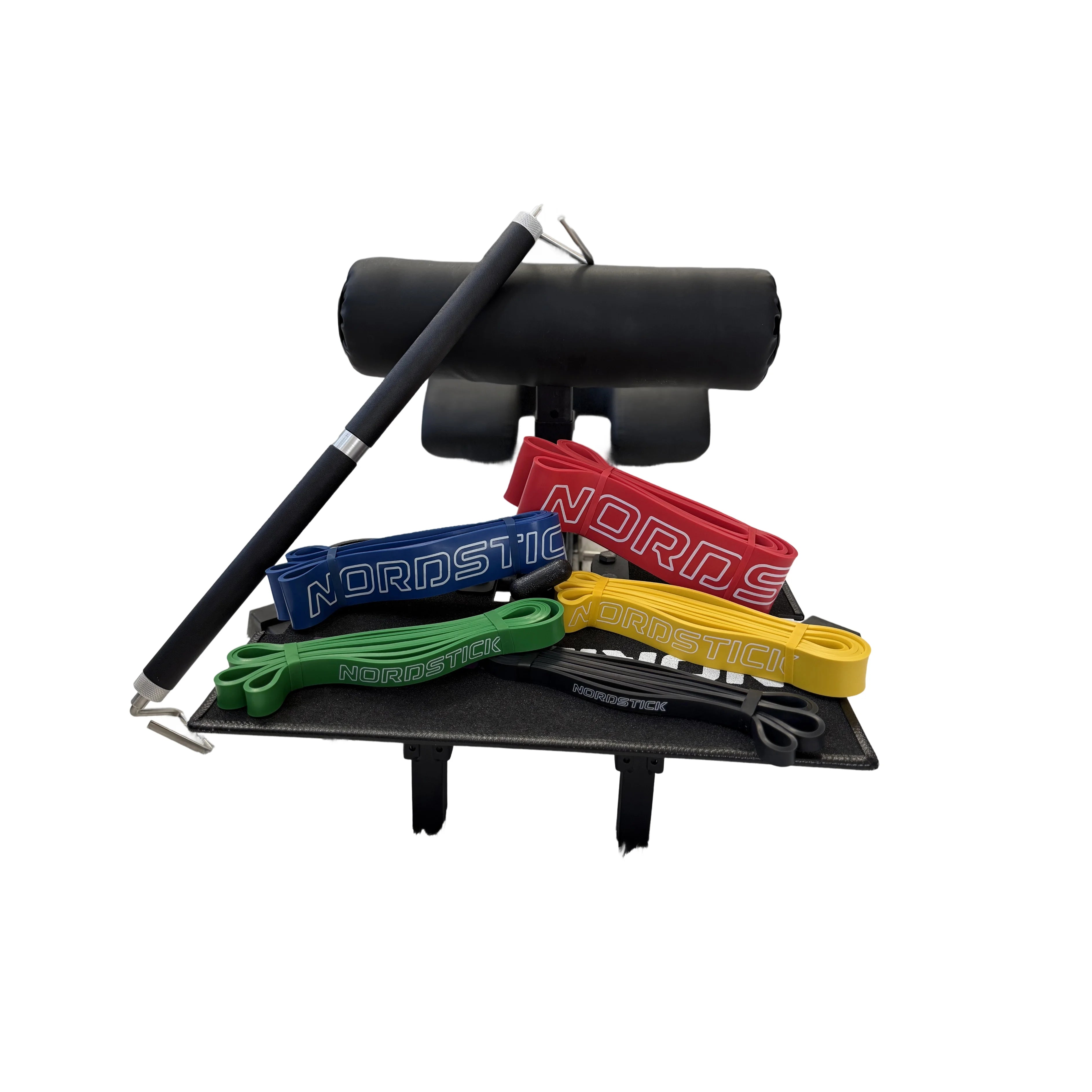
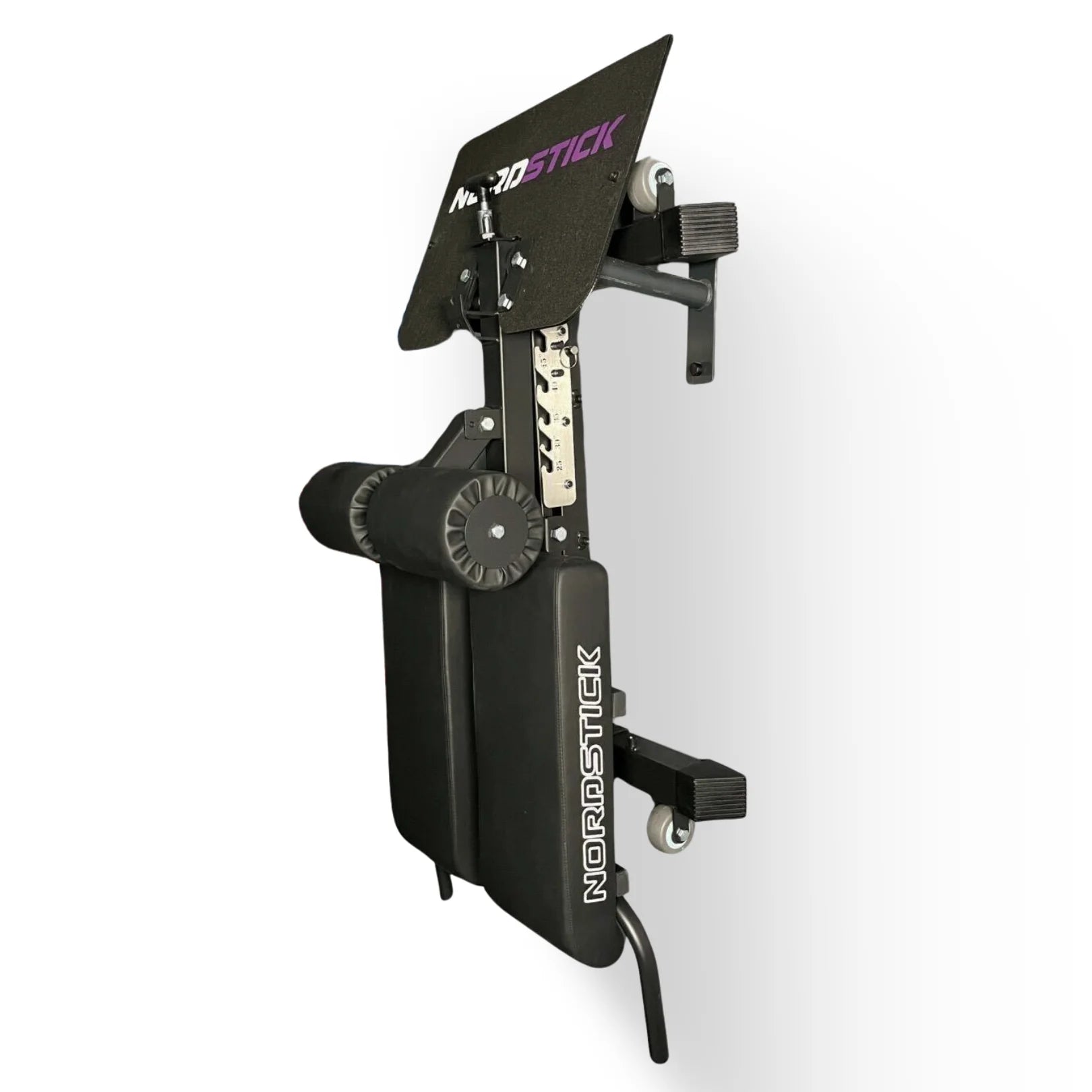
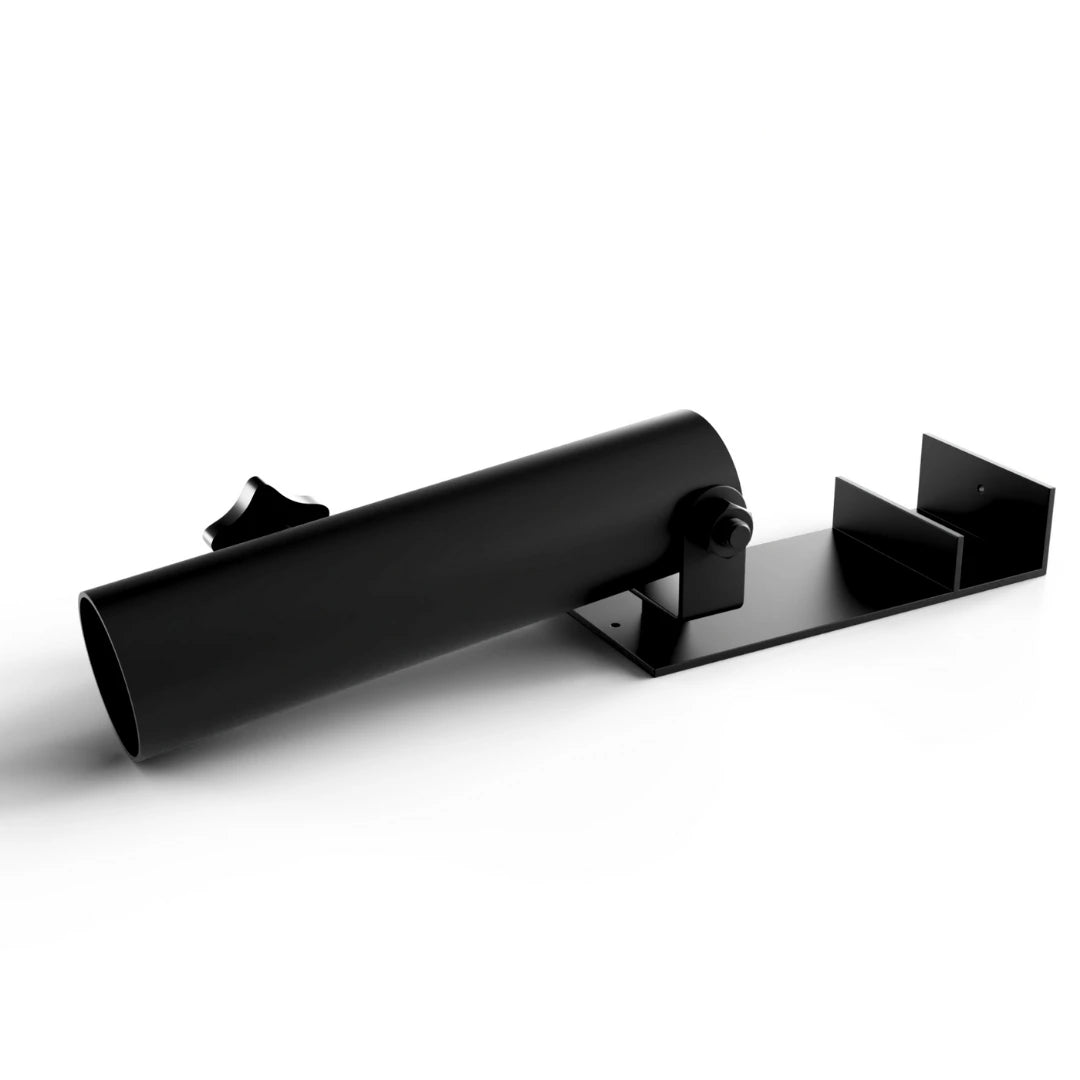
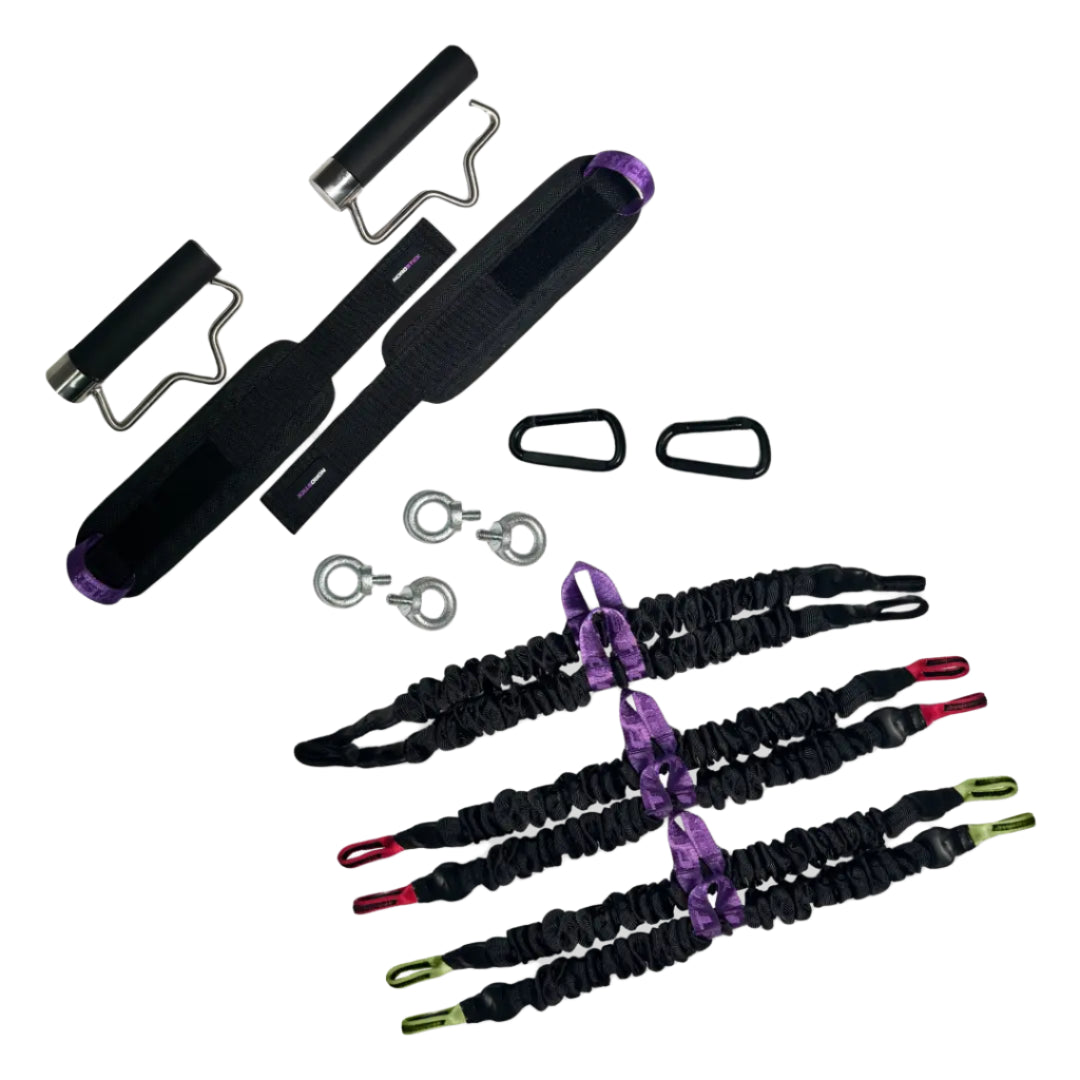
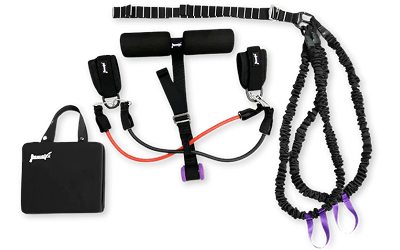
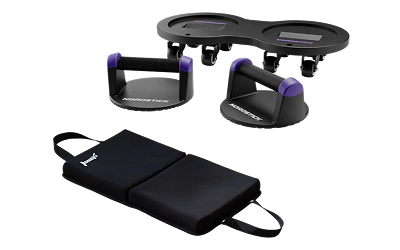
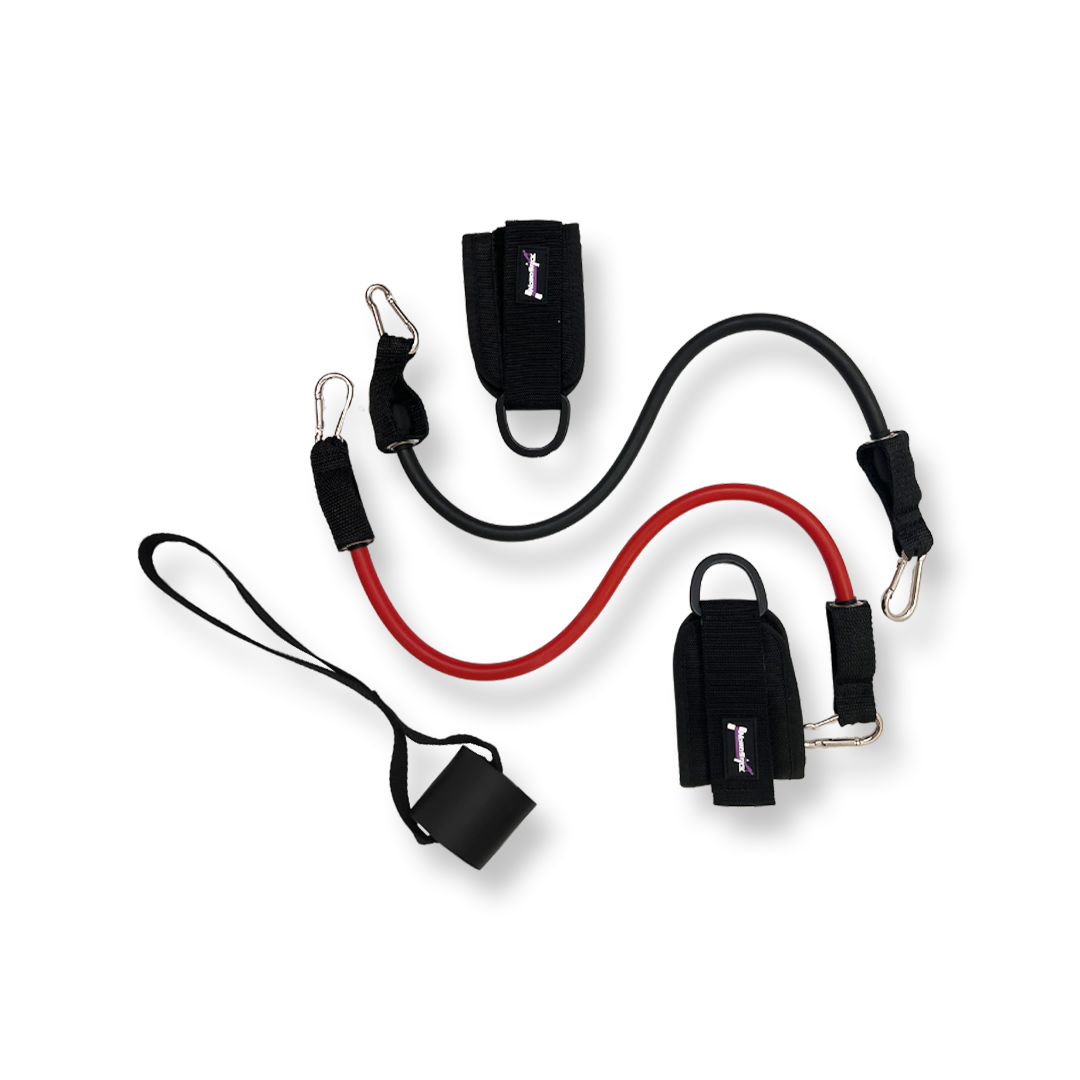
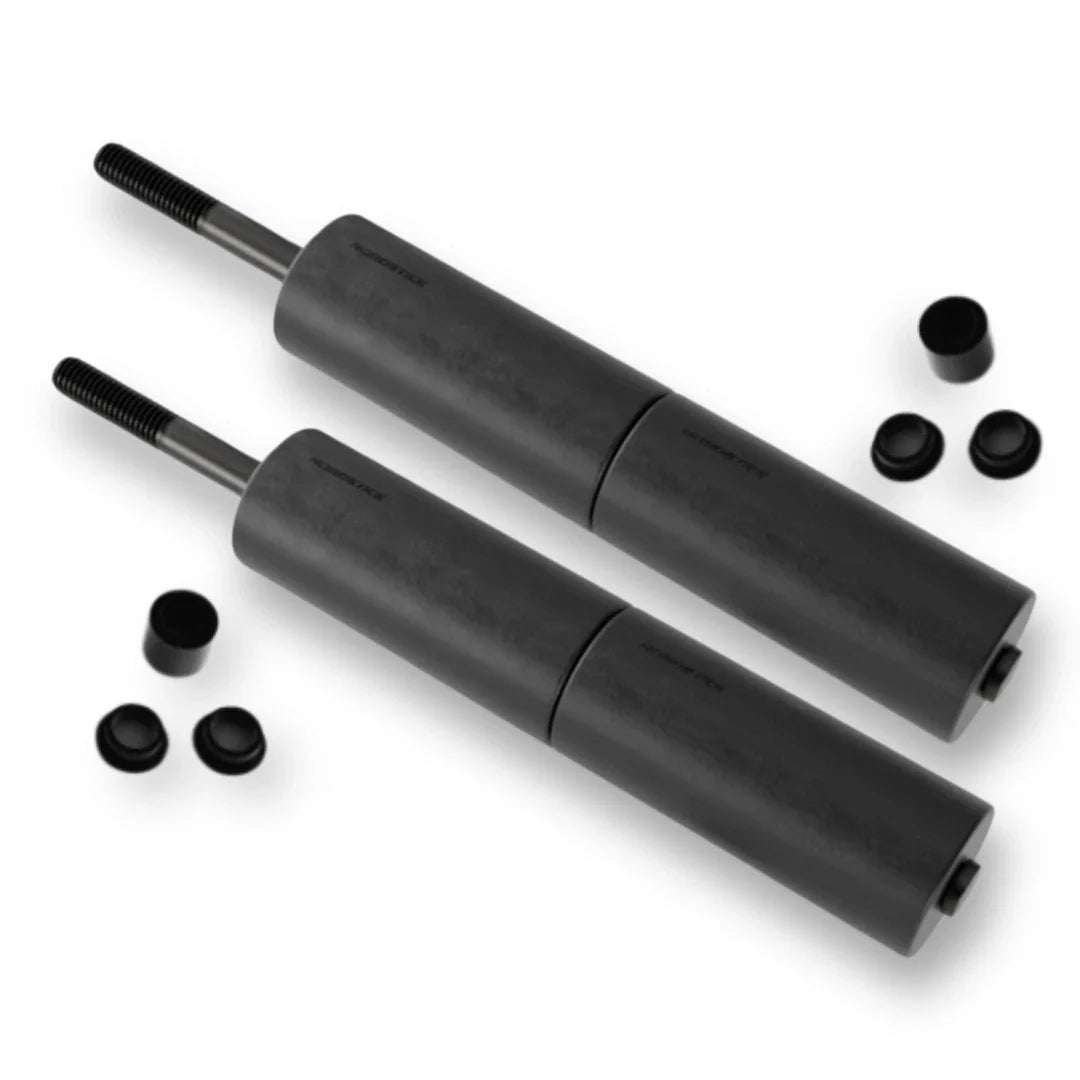
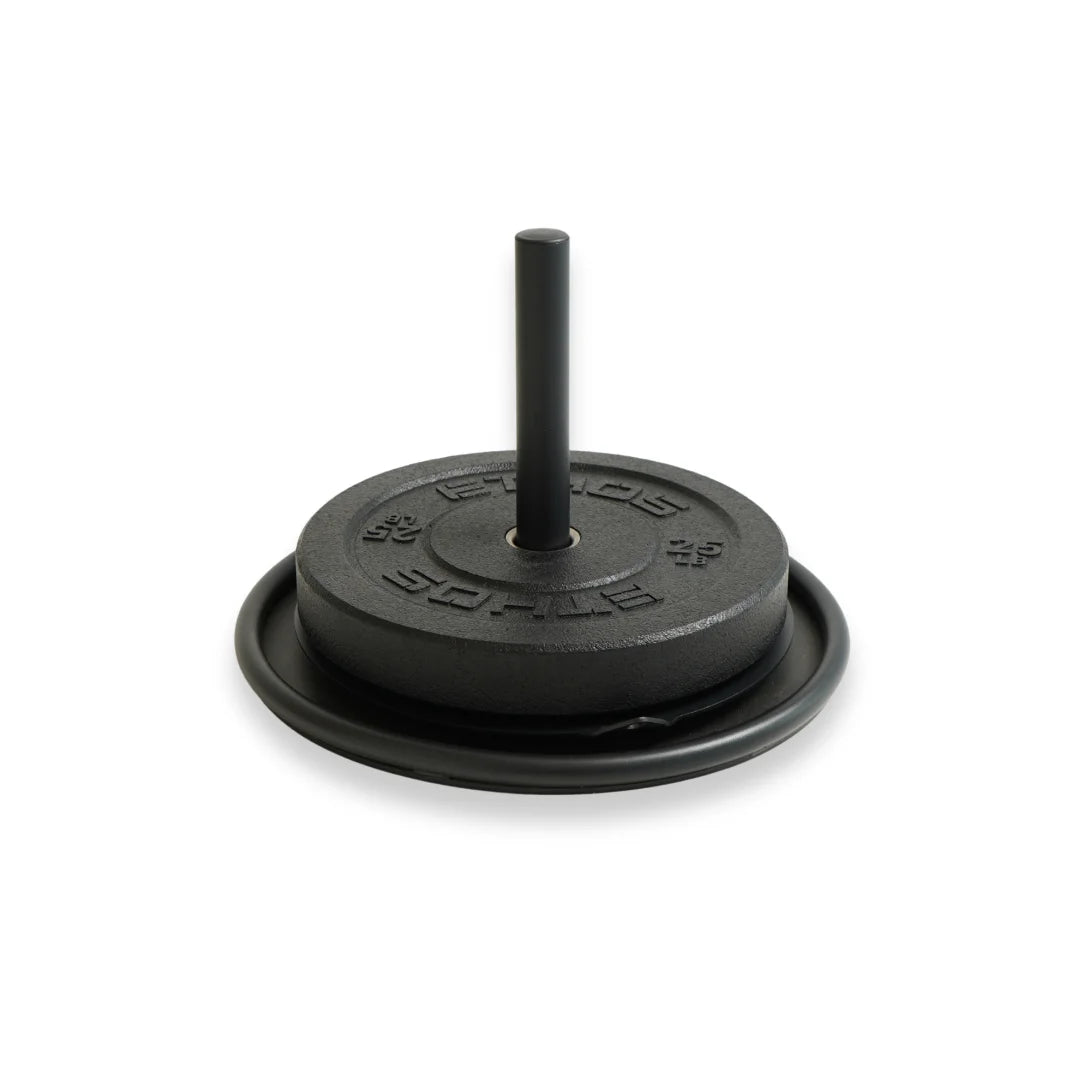
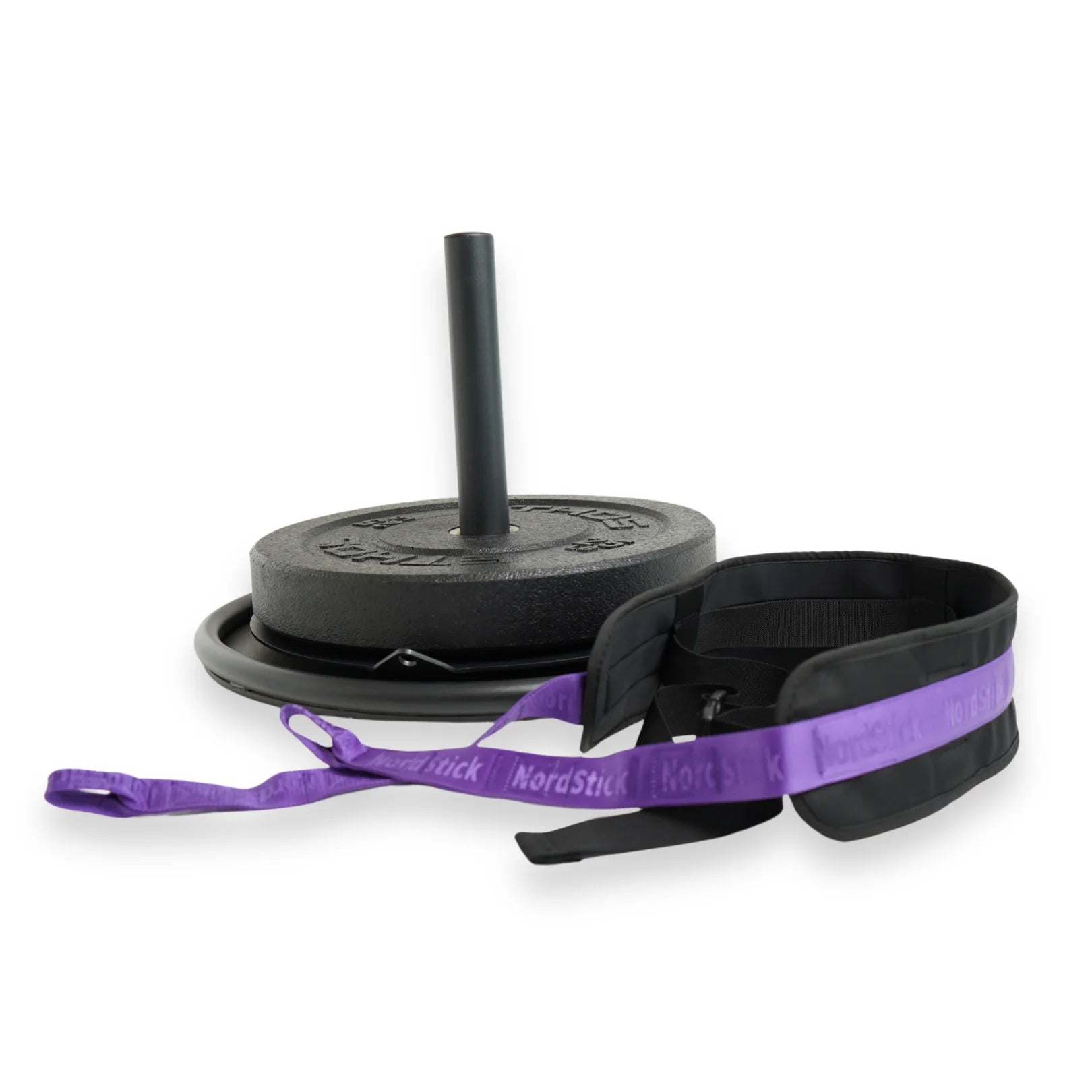
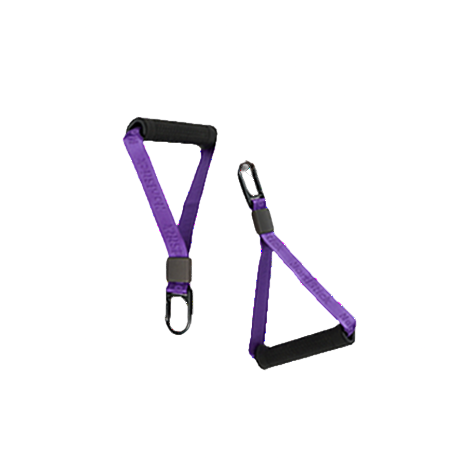
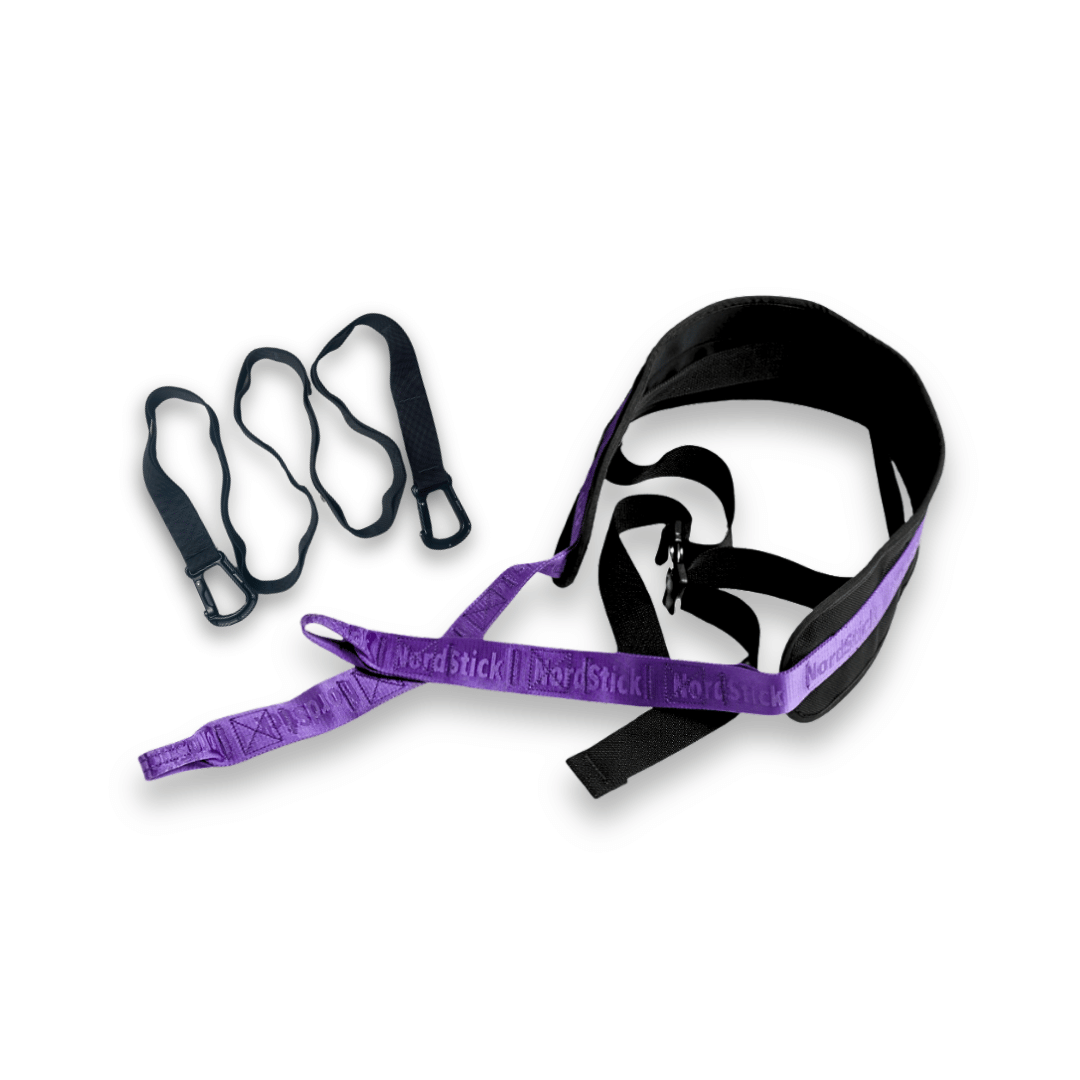
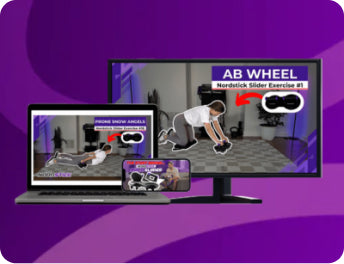


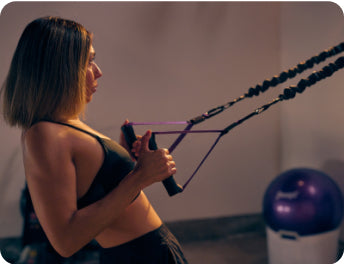


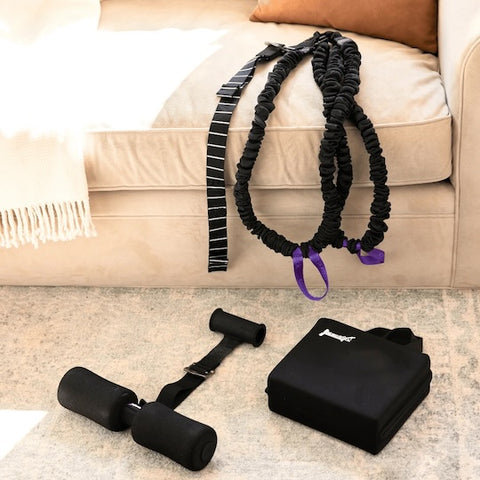


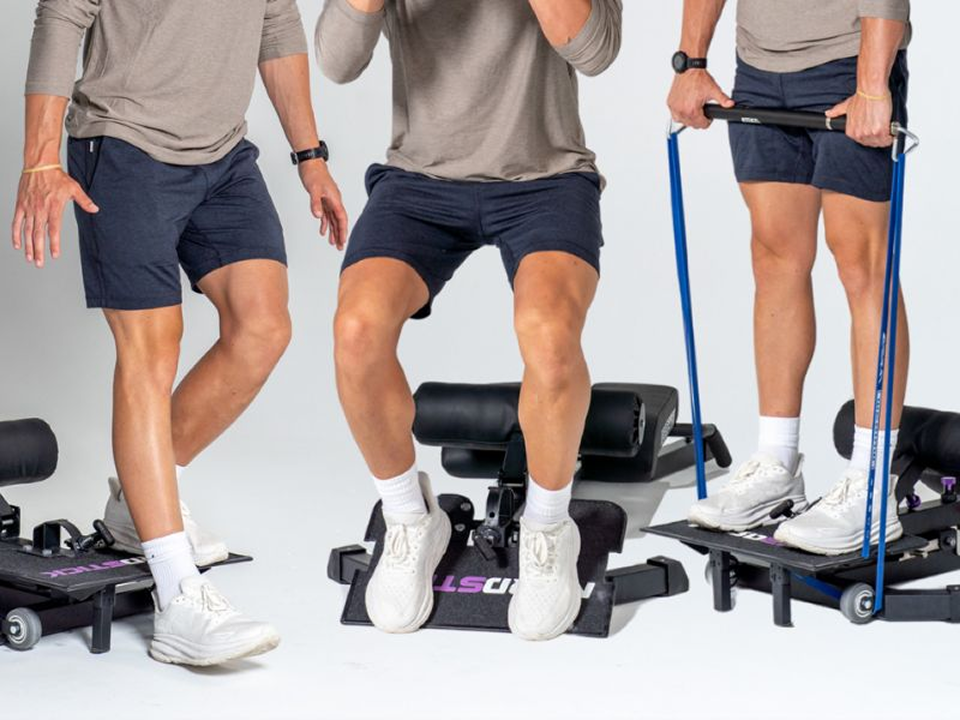
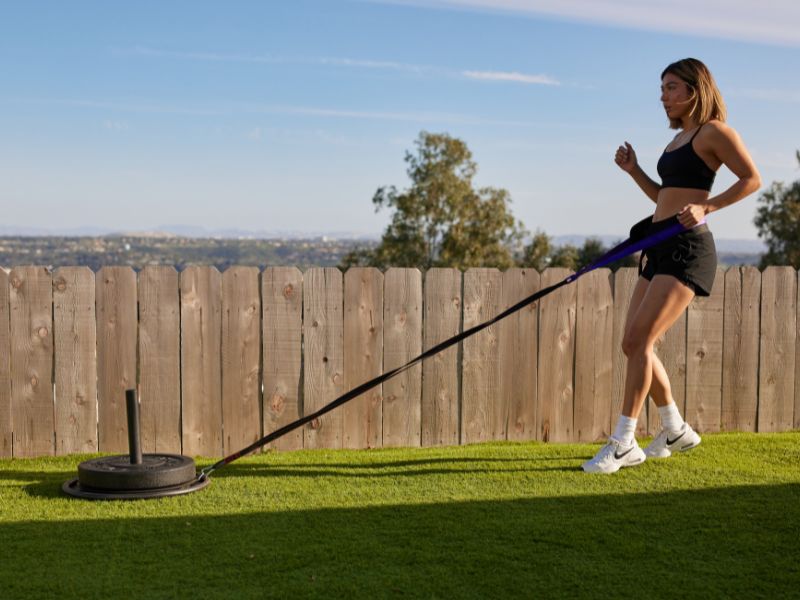

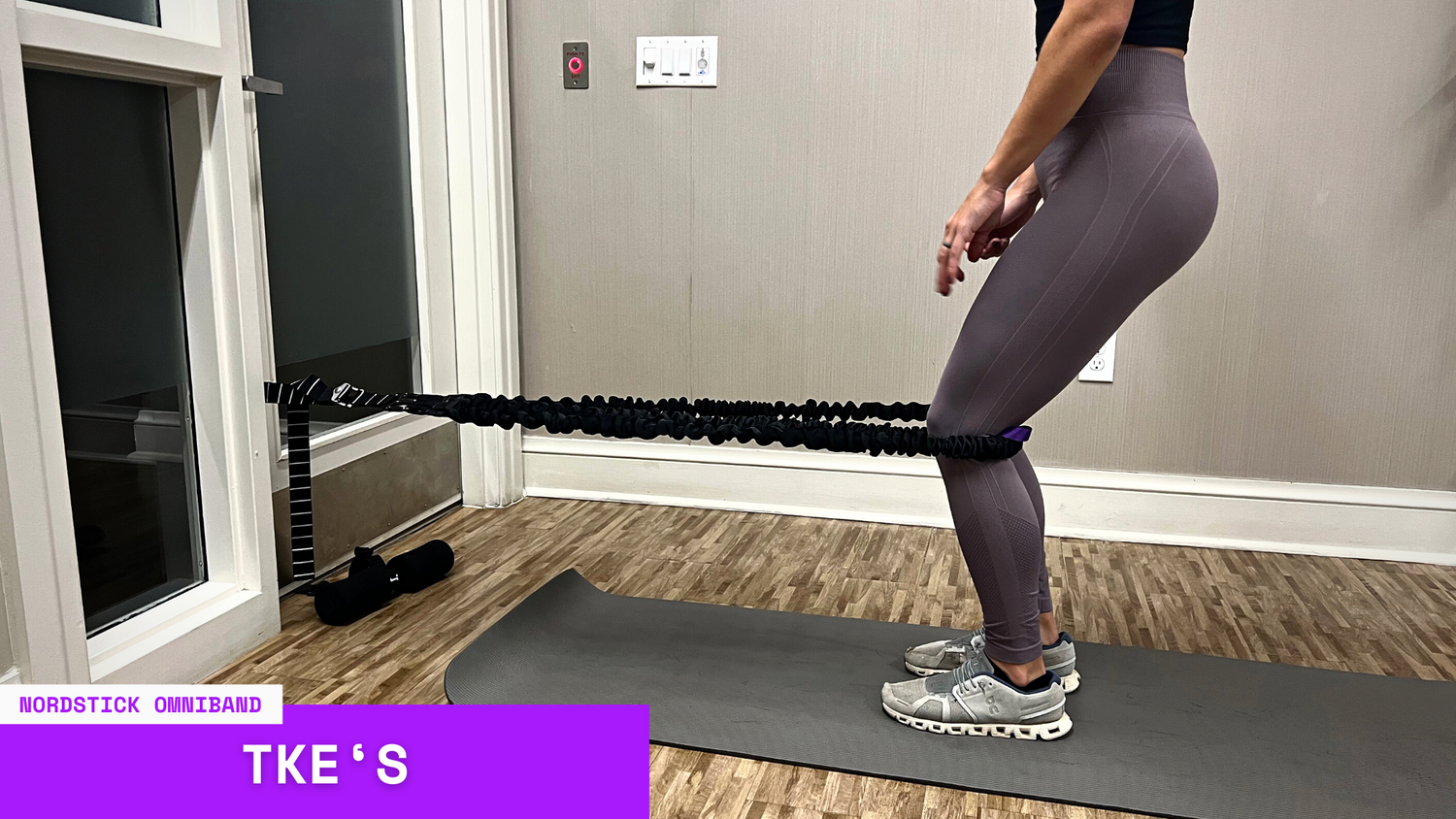
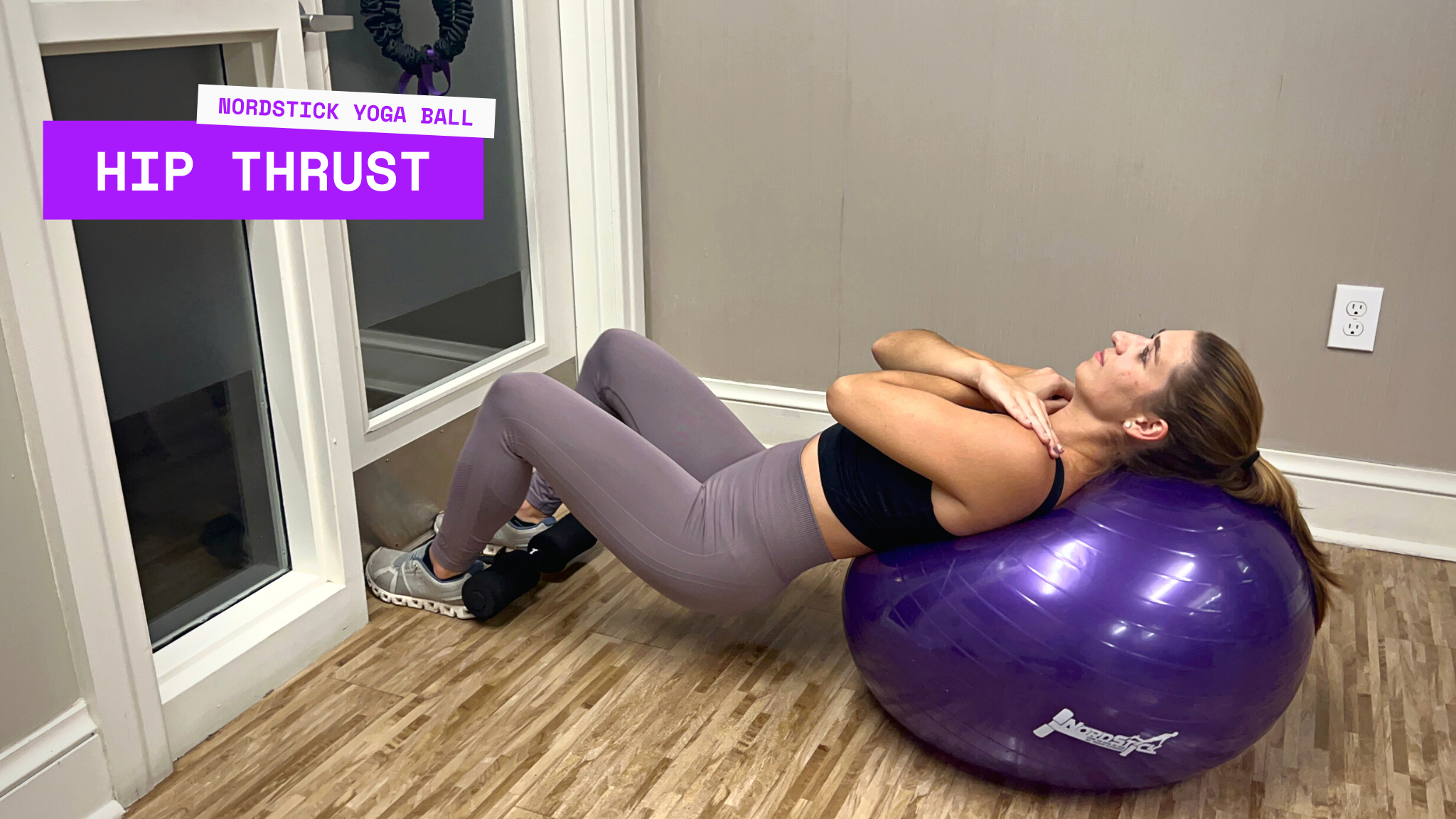
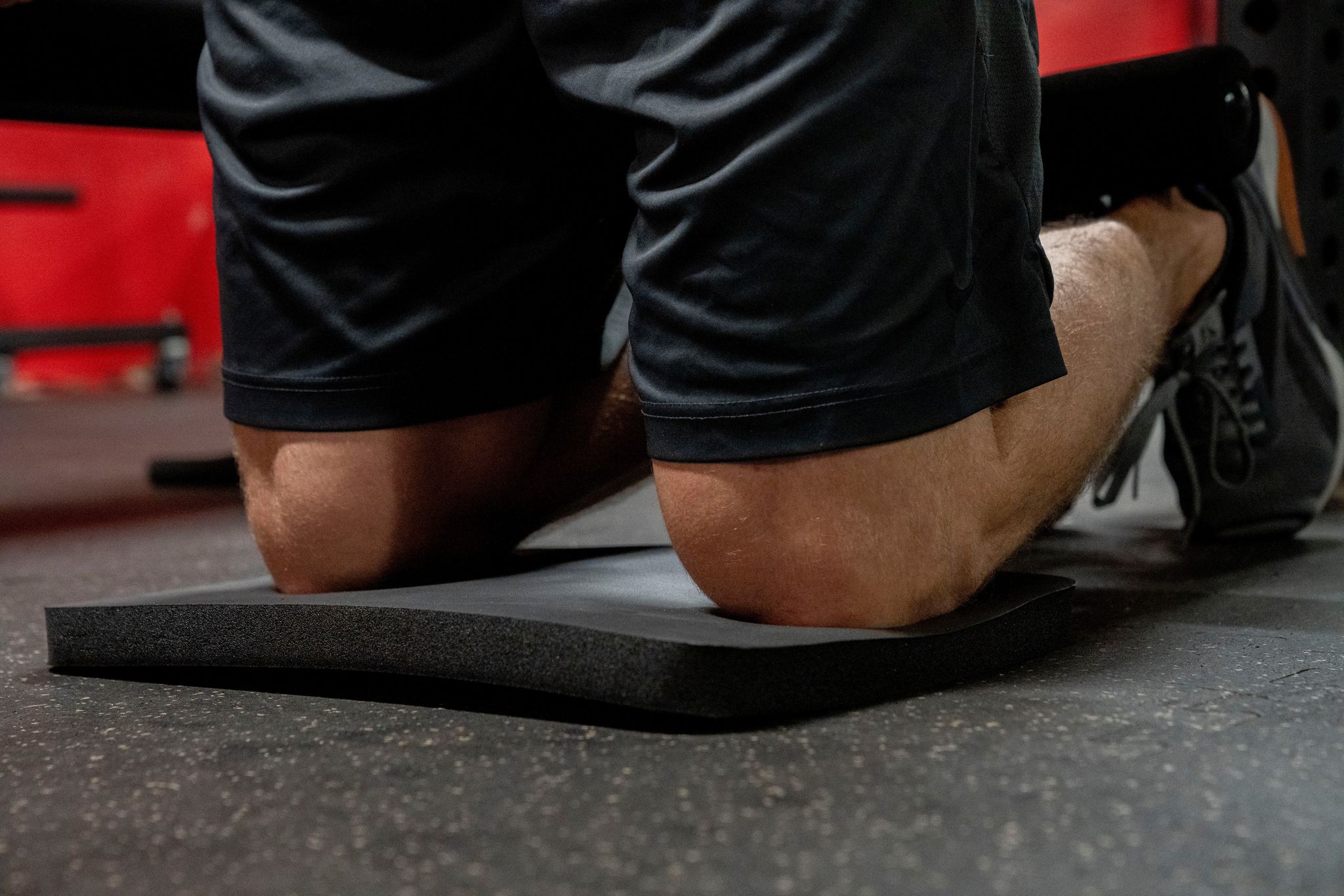



Leave a comment
This site is protected by hCaptcha and the hCaptcha Privacy Policy and Terms of Service apply.